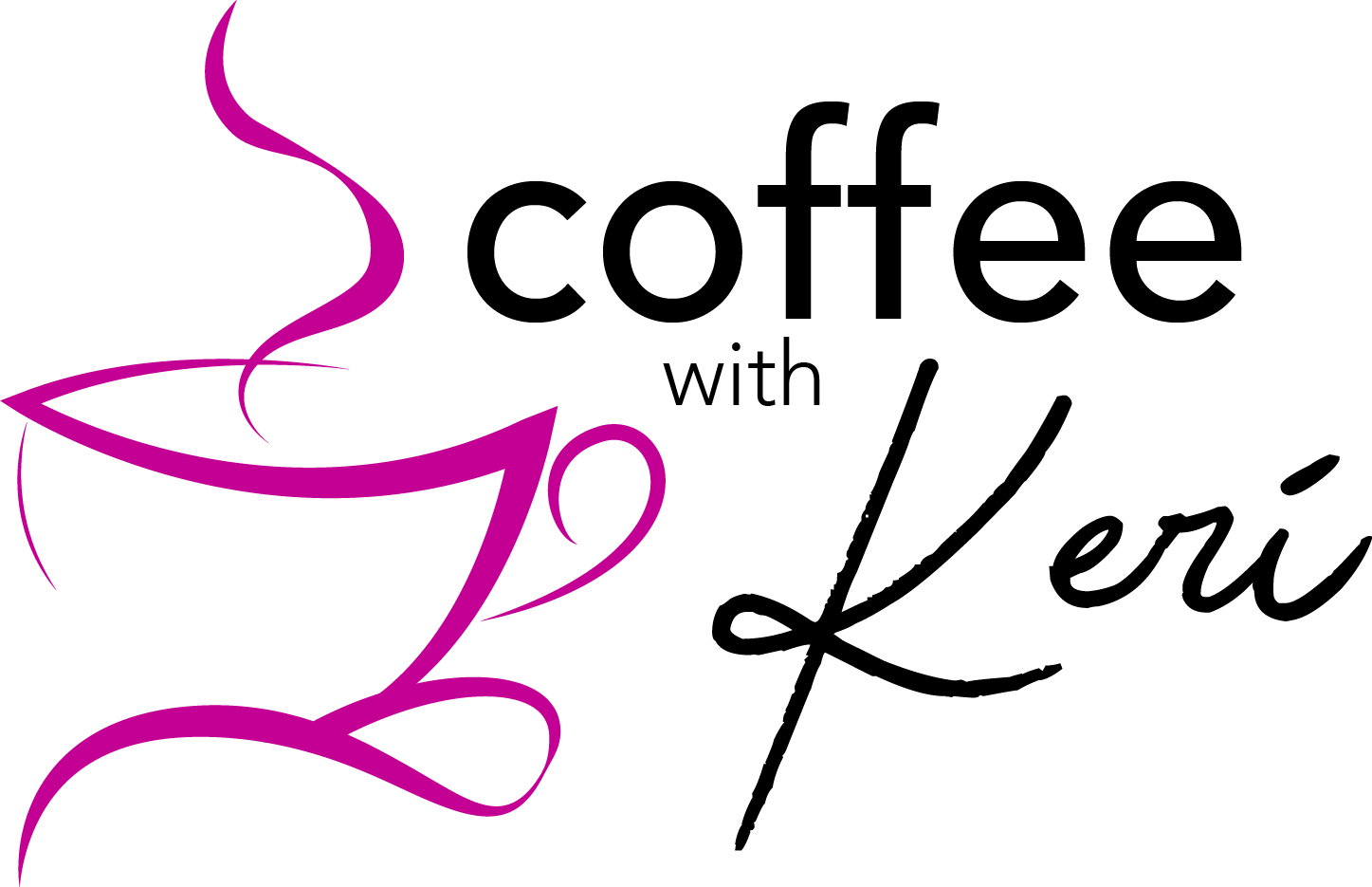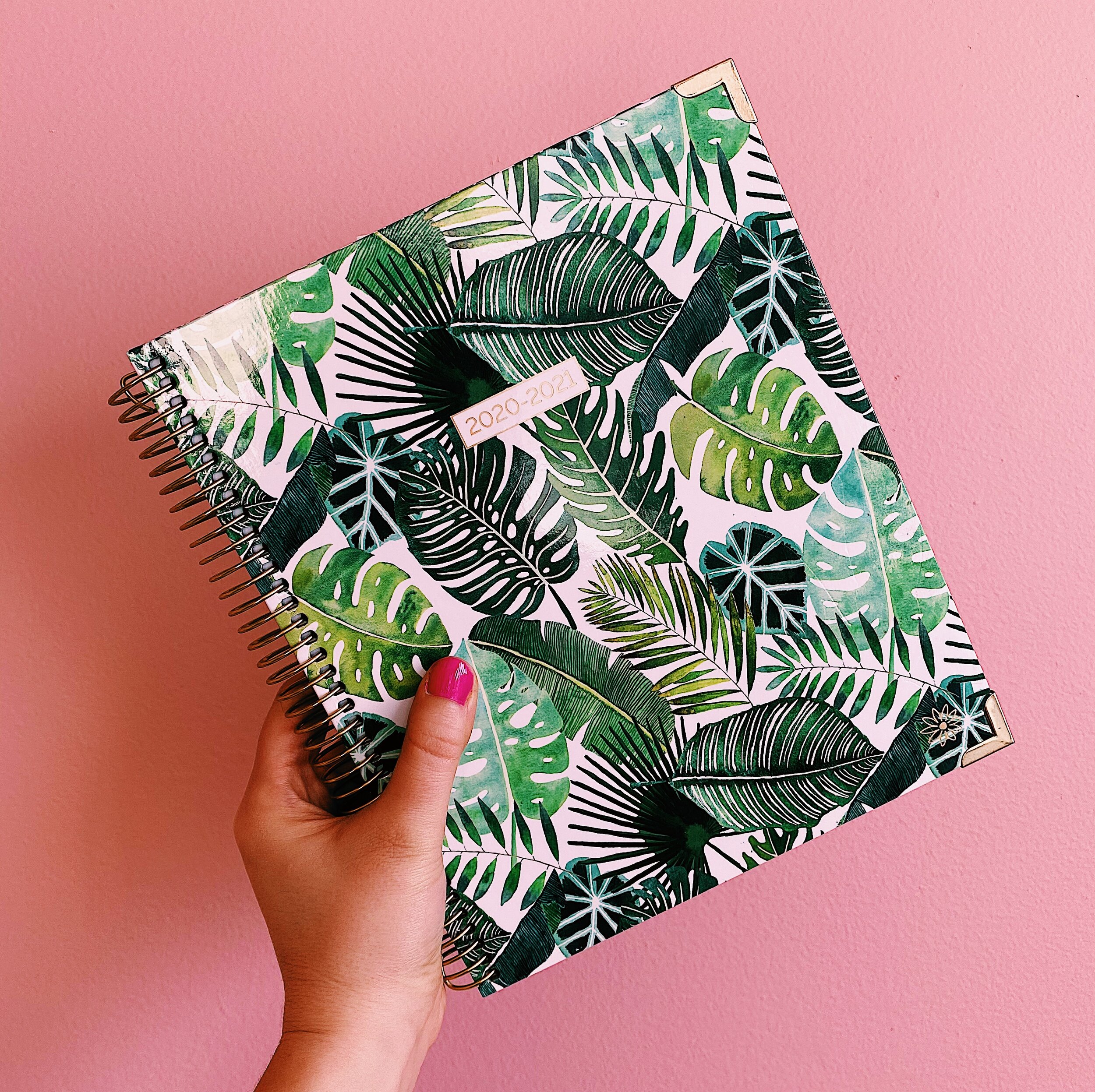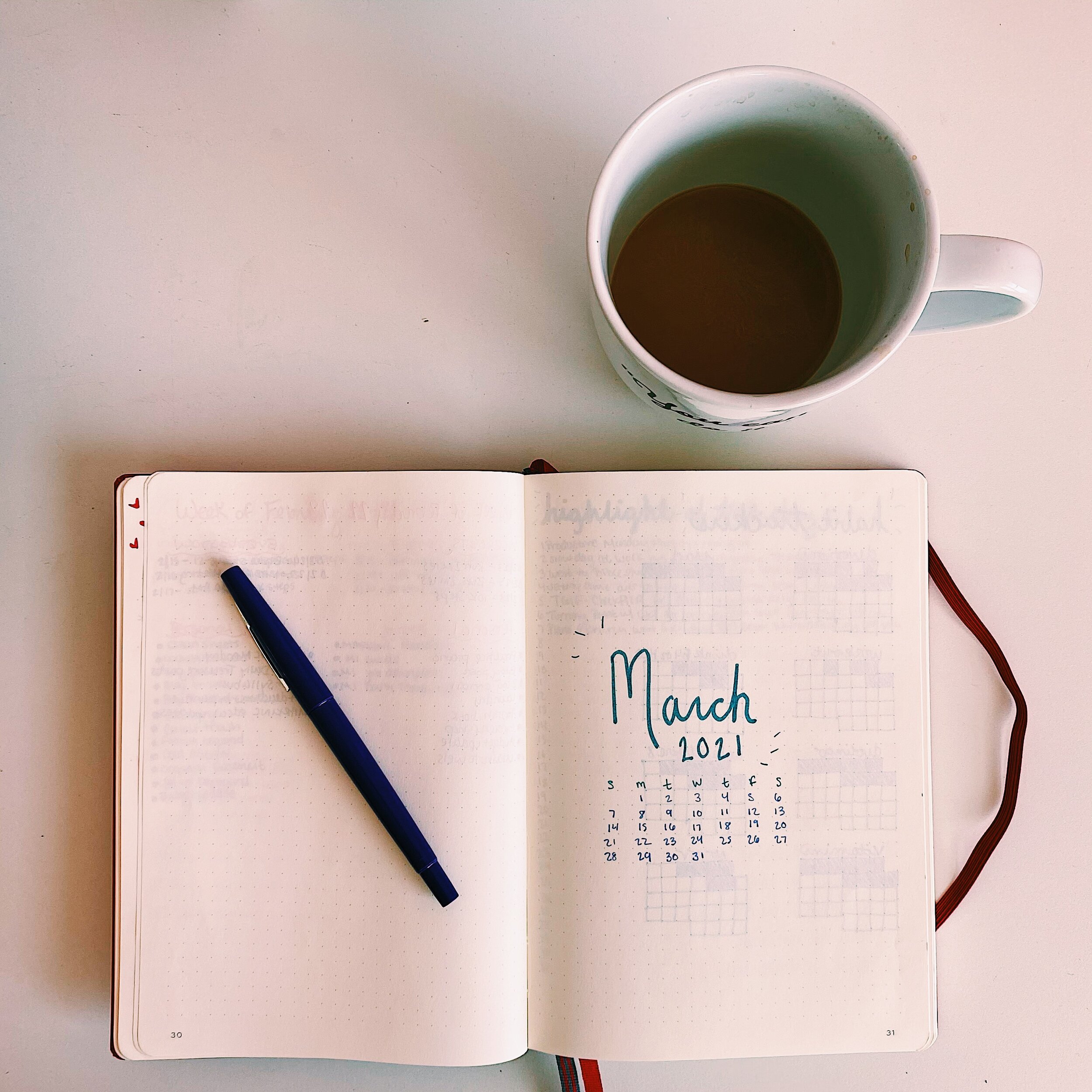My Organization System
“How do you stay so organized!?”
It’s a question I am asked regularly and it occurred to me the other day that I have yet to fully explain my full organization system. I am by no means an organization expert and I’m positive that there are things that could be adjusted or changed to make things even more streamlined. I know everyone has a different way of planning and organizing their life, but I thought it’d be fun to share mine with you!
I think it’s important to break down what exactly I need to organize and schedule. I don’t have kids so when I do eventually, I can only imagine the level of complexity that will bring to juggling everything! Luke’s schedule can be funky, I work from home (at least for now), and we have a very energetic, very cute puppy named Lucy. Besides balancing multiple schedules and responsibilities, I aim to squeeze in a workout, reading, household chores, and blog work every day. I also volunteer at my church, attend a Bible study, and started grad school this week (surprise!). So basically, there’s a bunch of stuff happening and limited time to do it all.
Whether you’re curious how I plan my life or looking for a few tricks to try, here’s a little breakdown of how I keep myself sane!
{ONE} My Vision Planner
Frequency: Daily
Use: Tracking daily lists, key events, and important dates
It’s no surprise that I’m obsessed with my planner. I’ve always been drawn to stationery and anything that looks like it’ll be both cute and practical. The Bloom Planners Vision Planner has been a life saver since 2017 and I recommend it to everyone I meet. It has a month-at-a-glance view where I track events, workouts, and key dates. In the week view, each day runs vertically so you can either use it as a running to-do list or time block the day. I use it as a to-do list for anything non-work-related.
Besides tracking a list of to-dos, I color code and highlight because I’m extra. ;) Blue is church, orange is workouts, pink is fun events, green is work and school, etc. This helps me easily identify the different categories of my life when I look at the monthly view so I can adjust priorities as needed. For example, if I don’t see a lot of orange in the week, I know I’m slacking in the exercise category and need to get my butt moving ASAP!
*Here’s a code to get 10% off your next Bloom order if you’re interested!
{TWO} To-Do List
Frequency: Daily
Use: Tracking work-related daily tasks
I keep my work to-dos separate from my planner. This helps provide a distinction between life and work, especially when working from home. My work notebook’s only function is documenting the daily tasks, top priorities, and meeting times.
I work in marketing so my job consists of a lot of writing and many meetings. At work, we utilize a digital project management system that handles a lot of the organization and takes it out of email. It’s the best. In addition to that system, my work to-do list is my visual way of breaking down projects into manageable tasks that I can make progress on every day. If I know I have to write content, I break it into chunks within my to-do list (e.g., perform competitor research, create outline, write rough draft).
{THREE} Bullet Journal
Frequency: 2-3x/week
Use: Tracking goals, habits and monthly highlights
I’ve fallen in love with bullet journaling and the limitless possibilities it provides. When it comes down to it, I’m a simple gal. I want a place to track things that I don’t include in my vision planner. My bullet journal is where I document the broader goals, track daily habits, and recap monthly highlights.
For example, I track a handful of habits in my bullet journal including what days I practice French in Duolingo, which days I drink over 64 ounces of water, and when I read for at least 30 minutes. I also keep a list of books I read, yearly goals, and projects I want to complete that month.
One of my words of 2021 is Intentional. My bullet journal gives me a tangible way to keep track of which things I aim to be intentional in. I give a little more detail about my bullet journal process in this post: “Habit Spotlight: Bullet Journaling.” If you’re curious, this is the bullet journal I’m currently using.
{FOUR} Dry Erase Calendar
Frequency: Weekly
Use: Tracking events and appointments that impact both me and Luke
The way Luke organizes his schedule is very different from mine, and that’s okay! Yours may look completely different from mine too. While he manages the majority of his schedule digitally, one of the things we both appreciate is our dry erase calendar that lives in our kitchen.
At the start of every month, we go through and mark any events or appointments we know of and mark it down so we can adjust our schedules accordingly if needed. We even color code it (again, we’re extra) so things stand out a bit more than if they were all one color. Blue is church, Red is Luke, etc.
I highly encourage you to try this method out if you live with multiple people. It is an easy way to get on the same page and communicate what’s coming up. We both have crazy schedules sometimes so it takes a burden off us both to try and remember everything going on.
{FIVE} The House Binder
Frequency: Monthly
Use: Save important documents and papers all in one place
I almost forgot this one but it’s been a game changer. We receive so many papers and misc. documents that we can’t throw away. Although we’ve switched to digital whenever possible, there are still documents that we need to keep. I created what I call a “House Binder.” It’s basically a binder with a bunch of dividers and page protectors that I broke into categories: Bank, auto insurance, health insurance, etc. Anytime we receive a document that is worth keeping, I slip it into the section. It’s an easy change that has helped tremendously by keeping all papers in one place.
{SIX} Calendar Blocking
Frequency: Daily
Use: To actually get things done!
Okay let’s face it. You can have the best organization system in the world and it won’t work if you don’t actually get things done. What’s the point in planning everything out if you don’t stick to it?
Calendar blocking is my way of actually planning out when I’m going to do the things I want to do. You can do this in a digital calendar and create meetings/events for different tasks, or you can write it in your planner. Whichever works. Personally, identifying a time slot where I plan to do the things I need to do takes a huge weight off my mind. It transforms it from a task that “will get done eventually” to a task that will get done on a specific day at a specific time.
This system of organizing my life has definitely gone through many changes over the years. Whether you’re just starting out on your organization journey or have perfected what works for you, I encourage you to keep at it and know you’ve got this!





